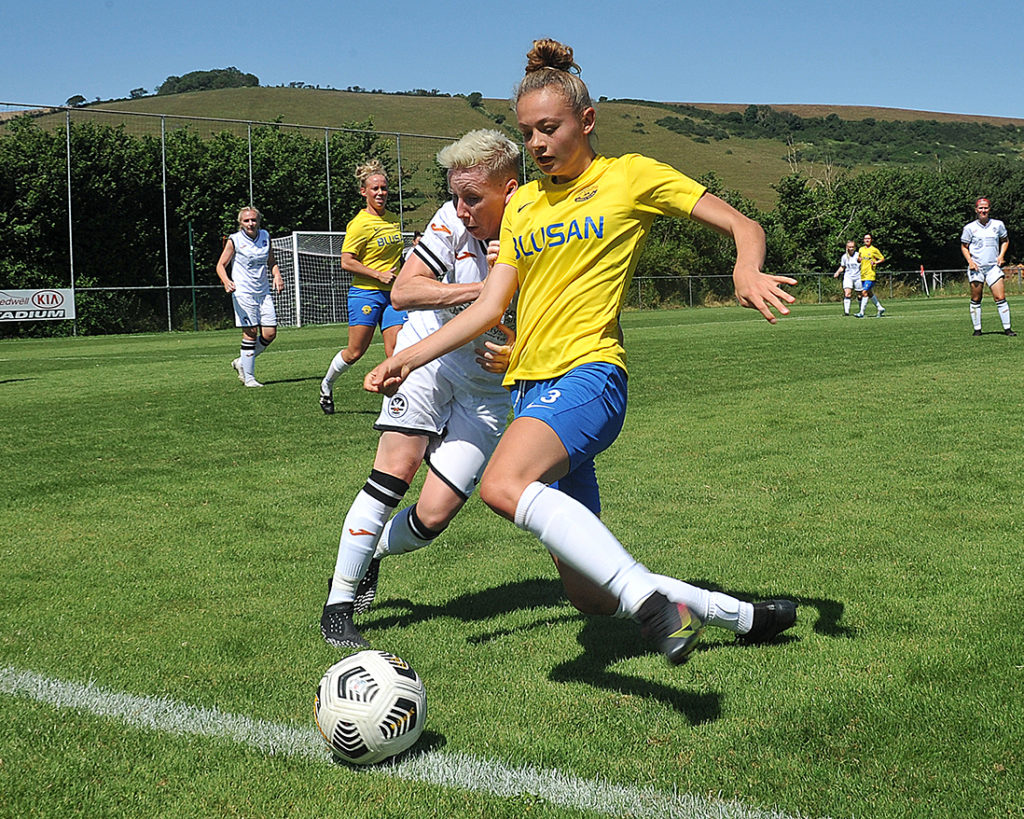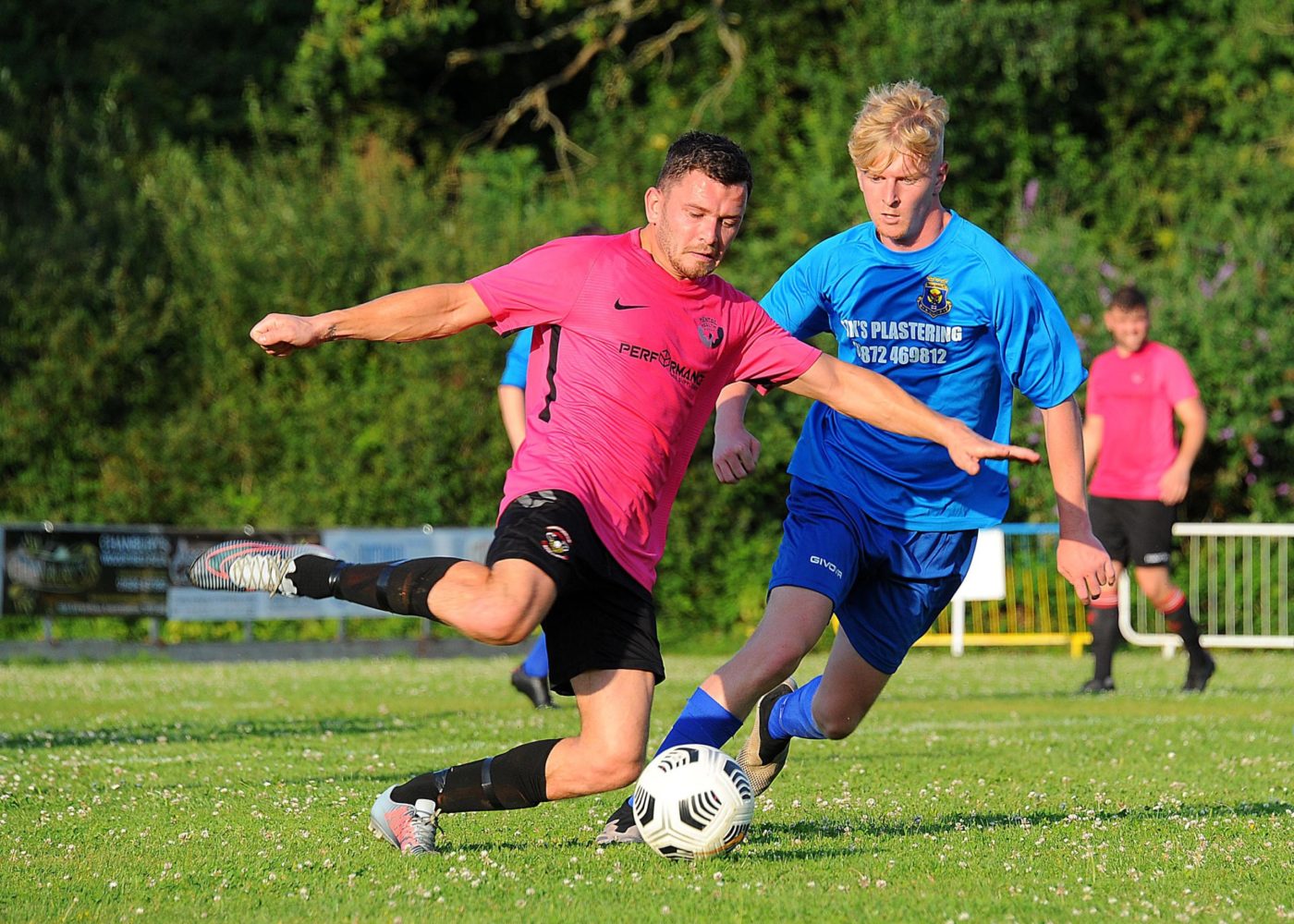How to photograph sports: part 2. All photographs © Al Macphee/MiraclePR
See my previous post, How To Photograph Sports: Part 1 for tips on framing the action, checking fixtures and my number one piece of advice! Please bookmark this blog or, even better, sign up to my mailing list to stay connected.
How to photograph sports – three tips
Tip 4: Set your position
You’ve got to take into account background, the kind of shot you want, lighting and safe positioning.
If you just want a good selection of pictures, you’re best off staying around 20 yards from the corner of the pitch, either towards the goal mouth or along the touchline depending on the background. Getting low helps you to lose the background and gives you a better angle for perspective. That’s where your plastic seat comes in handy because you can’t rely on the grass being dry – especially with the UK weather. Besides, standing for 90 minutes is not a good idea. You will notice it the next day because ideally you’ve got to be standing still and not keep moving up and down the pitch. That can be distracting for the crowd, player and officials.

Getting low helps you to lose the background and gives you a better angle for perspective. That’s where your plastic seat comes in handy because you can’t rely on the grass being dry.
At certain levels of football, you will have to be a certain distance from the touchline. That has to be adhered to. This is not a rule for rule’s sake, it’s for player safety and for your safety. If you’re in the wrong place, you could have someone falling over you. They’re coming for the ball, they’re not looking for you, they fall over you and you end up with camera busted, photographer broken and two players with twisted ankles – you don’t want that.
You don’t really want to be right behind officials either. Anyone who knows football will know that the linos are at opposite corners so you’re often better off choosing the corner of the field where the lino isn’t running up and down because it’s sod’s law that the minute that ball comes towards you, he or she will run in front of you and you’ll miss the shot. You’re creating a problem for yourself. You’ve got to make things easy for yourself.
Tip 5: Working under time pressure
If you’re under time pressure, you’ve probably got another game to get to so it’s worth spending an extra two or three minutes to make sure you can get away quickly afterwards. First, park up facing out and in a position where nobody is going to have a chance in Hell of blocking you in. As you approach the ground, scan the field for the following information:
- Where’s the sun? Are there any areas where it’s going to be causing flare?
- Who’s got control of the game? Where’s all the action?
- Where is the best background?
- Where are the officials positioned?
You need to weigh all these factors up to suss out in advance which end of the pitch you’re going to need to be at. You can then head directly towards that spot instead of wasting valuable time walking around the field the wrong way. This can give you an extra three minutes of shooting time!
Here is where following the advice on positioning above will help save time as you are less likely to be challenged and held up (you should also have organised things with club beforehand, as explained in How To Photograph Sports: Part 1). If you have only got ten or twenty minutes to shoot a match, you shouldn’t put yourself in the position where you will be challenged for breaching health and safety guidelines. If you don’t know the guidelines, check them out.
You can get really tired and sit in the wrong place. I did that once at Totnes Rugby Club. I had covered a dinner and dance in Paignton the night before and was so tired that when I turned up for the game, I sat down in the try area. Within five minutes I had been told off.
Tip 6: Choose the right shutter speed to photograph sports
The basic theory about shutter speed is that the faster the object you are photographing is travelling, the faster your shutter speed will need to be to freeze that movement. The larger the number, the faster the shutter speed. So if you are filming someone walking, you can use a much slower shutter speed (e.g. 1/125s) than if you’re filming a Formula One car racing around a track (e.g. 1/2000s).
The basic theory about shutter speed is that the faster the object you are photographing is travelling, the faster your shutter speed will need to be to freeze that movement.
In reality, shutter speed has to be considered in relation to your aperture, which affects your background, and focal length – it all gets into deep down, complicated stuff. But if you know what you’re doing with your shutter speeds, you can take a really effective photograph of, for example, a cyclist in a triathlon, with a really slow shutter speed like 1/30s – if you practise a technique called panning.
Simply speaking, panning is where you track the subject of the photograph by swiveling the camera on the same plane and at the same speed as the subject as it passes you. Your subject will be in focus and your background will be blurred. I’ll be uploading a more detailed post on panning in the future.
Have a burning photography question you would like Al to write about in his next blog post? Email info@miraclepr.com with your request.

